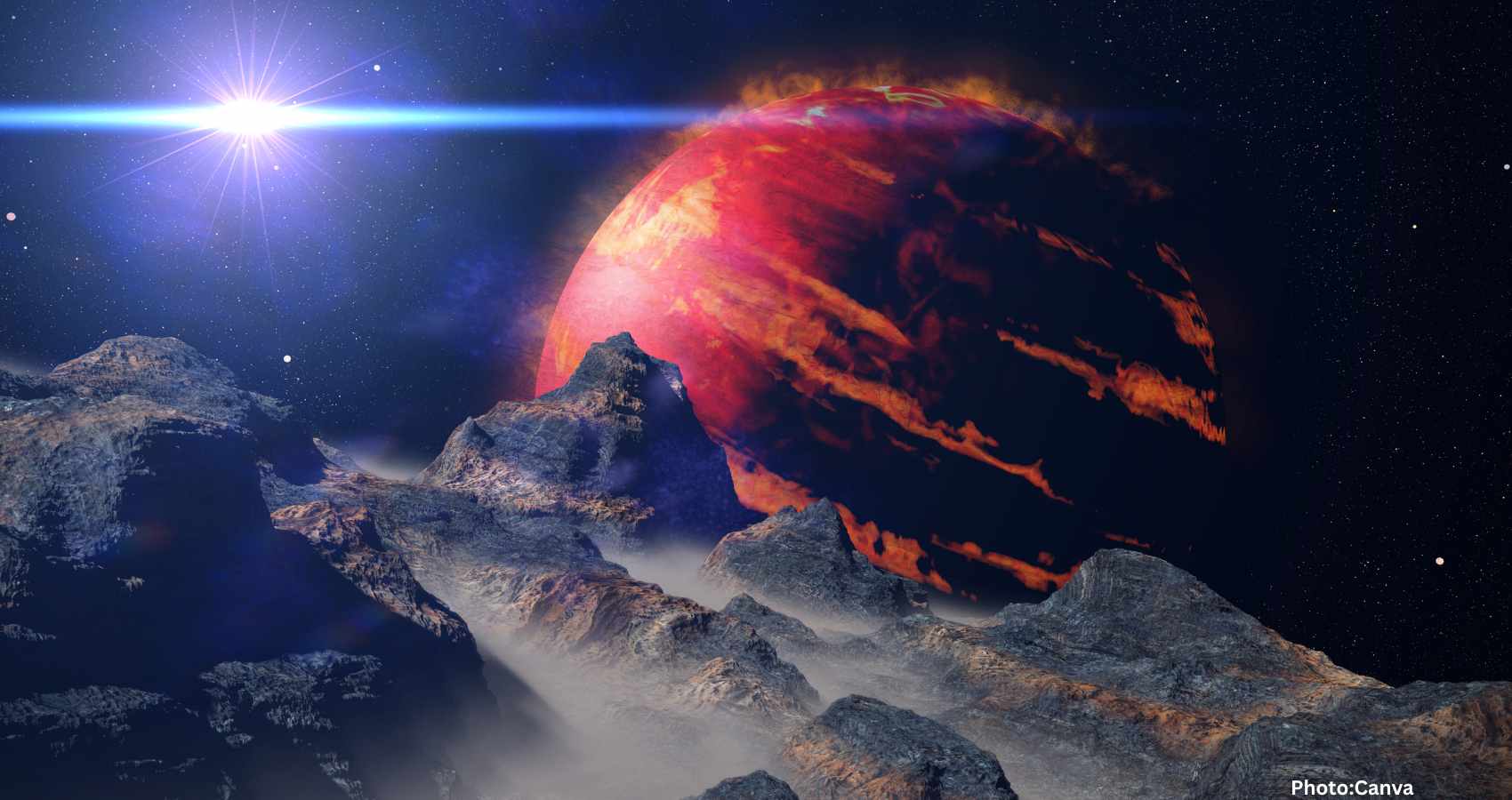Astronomers have discovered a giant exoplanet, TOI-6894b, orbiting a red dwarf star much smaller than the Sun, challenging current understandings of planetary formation.
A team of researchers, led by Edward Bryant of University College London (UCL), has identified a massive exoplanet named TOI-6894b. Remarkably larger than Saturn, this gas giant orbits a red dwarf star that possesses only one-fifth of the Sun’s mass. This unexpected discovery challenges existing theories on giant planet formation around small stars.
The exoplanet was found through a detailed review of data from the Transiting Exoplanet Survey Satellite (TESS). Bryant expressed his enthusiasm about the discovery, stating that TOI-6894b is a significant find, marking the first giant planet discovered orbiting such a low-mass star. “We did not expect planets like TOI-6894b to form around stars so small. This discovery will be critical to understanding giant planet formation extremes,” he said.
The host star, smaller by 60% than the previously smallest known star to harbor a transiting gas giant, challenges the assumptions of planetary population estimates. Daniel Bayliss, a co-author from the University of Warwick, emphasized the significance of the finding. He noted, “Most stars in our galaxy are small, low-mass stars, previously thought incapable of hosting gas giants. Thus, this discovery drastically impacts our estimation of giant planet frequency within the galaxy.”
The current core-accretion theory, which suggests that planetary formation depends significantly on the mass and size of the protoplanetary disk, struggles to explain the existence of TOI-6894b. According to Vincent Van Eylen, another researcher at UCL, it’s puzzling how a low-mass star could create such a massive planet.
To explain this phenomenon, researchers are exploring alternative theories. Bryant proposed that TOI-6894b might have formed through an intermediate version of the core-accretion process or resulted from a gravitationally unstable disk collapsing to form the planet. However, neither explanation fully accommodates the observed data, leaving room for further investigation into the planet’s origin.
TOI-6894b orbits at a distance that keeps its atmosphere cool compared to other exoplanets, with an estimated temperature of around 420 Kelvin. Amaury Triaud of the University of Birmingham highlighted the potential for methane-dominated atmospheric chemistry, which is rare and highly significant for exoplanetary studies. TOI-6894b may also allow for the first detection of ammonia in an exoplanet’s atmosphere, making it an optimal candidate for the James Webb Space Telescope (JWST) observations. These findings could provide new insights into the composition and evolution of such atmospheres.
The implications of TOI-6894b’s discovery extend further, providing a new challenging model for planet formation. According to Andrés Jordán from the University Adolfo Ibáñez, the exoplanet presents a valuable opportunity for follow-up studies to characterize its atmosphere in detail.
The broader impact of this discovery suggests a potentially higher frequency of gas giants orbiting smaller stars than previously presumed. Such research endeavors, originating from institutions like the University of Warwick, UCL’s Mullard Space Science Laboratory, and the University of Birmingham, play a vital role in expanding our understanding of planet formation across the galaxy.
This study, outlining these findings, was recently published in the journal Nature Astronomy, underscoring the fluid and sometimes bold process of planet formation regardless of the celestial constraints.

